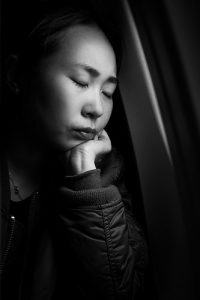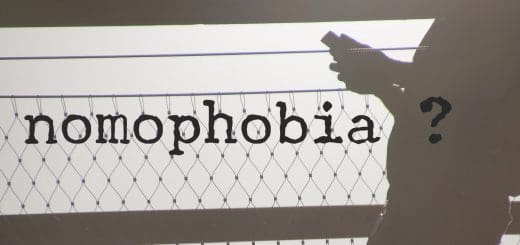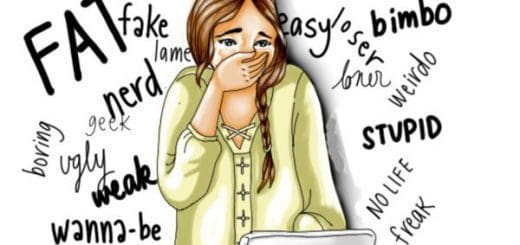Sleep Disturbances and Depression
There is a relationship between depression and changes in sleep patterns. One of the symptoms for Major Depressive Disorder is “insomnia or hypersomnia nearly every day.” Insomnia and hypersomnia are two sleep disorders, described below. Because disturbances in sleep are such a prevalent symptom of depression, we thought it would be important to talk about sleep disorders, sleep patterns, and what “normal sleep” looks like.
Before we dive in, it’s important to note that only a professional can diagnose individuals with mental health disorders. We want to warn against the dangers of self-diagnosis, especially relating to mental illness. If you or someone you know is experiencing some of these symptoms, it’s okay to investigate further by educating yourself on the disorder, but important to get a professional opinion before drawing any conclusions.

Photo Credit: Giuseppe Milo (www.pixael.com) Flickr via Compfight cc
To start, let’s take a look at what insomnia looks like according to the book that mental health professionals use to diagnose mental disorders, the Diagnostic and Statistical Manual of Mental Disorders (DSM-5). The main feature of insomnia is a dissatisfaction with sleep quantity or quality with complaints of difficulty falling asleep or staying asleep. Insomnia causes significant distress and/or impairment in one’s ability to function in different areas of life. Additionally, the disturbance in sleep occurs at least 3x/week and has to have been a problem for at least 3 months. Another criteria for insomnia is that the sleep difficulty occurs despite the opportunity to get sleep. Lastly, insomnia is diagnosable if this change in sleep isn’t better explained by another physical or mental health problem.
Hypersomnia is easily explained as the reverse of insomnia: instead of having trouble getting sleep, one is exhausted despite having enough sleep, or oversleeping. Hypersomnia is a result of reoccurring periods of sleep or lapses into sleep throughout the same day. Additionally, hypersomnia is a prolonged sleep session lasting more than 9 hours per day that is nonrestorative (the sleep is not refreshing). Hypersomnia is also marked by significant distress and/or impairment in a person’s functioning, whether that be in their thinking, or their ability to function at work or in social settings. Like insomnia, hypersomnia is present 3x/week for 3 months in order to be diagnosable.
The relationship between sleep disturbances and depression is usually determined by looking at a change in sleep pattern. One might start experiencing significant changes in their normal sleep patterns when they are feeling depressed. With that said, it’s important to note that normal sleep can look different for everyone. Most doctors recommend an average of 7-9 hours of sleep for adults. But some people might need more sleep, while others might need less. The important criteria that defines insomnia and hypersomnia as a problem is that it results in distress and it causes impairments in one’s ability to function.
Most people have experienced a bad night’s sleep, which throws off their ability to function normally the next day. But insomnia and hypersomnia are classified by the length of time the sleep disturbance has been happening (3x/week for 3 months). Lastly, it’s important to note that just because one might be depressed, doesn’t mean that absolutely have sleep disturbances, and just because someone is experiencing sleep disturbances doesn’t indicate that they’re depressed.




Recent Comments